the process

Project information documents such as plans, CAD, mood boards, photos, finishes schedule, landscape details or 3d models are sent with client brief. Client brief enlists specific spaces to be visualised, number of shots, describes the mood of the proposed shots, image resolutions and animation length (if applicable).
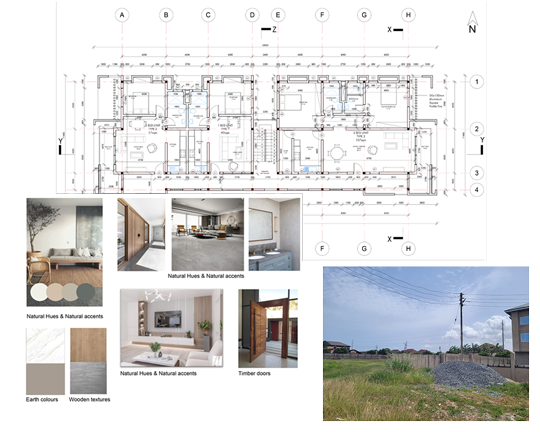
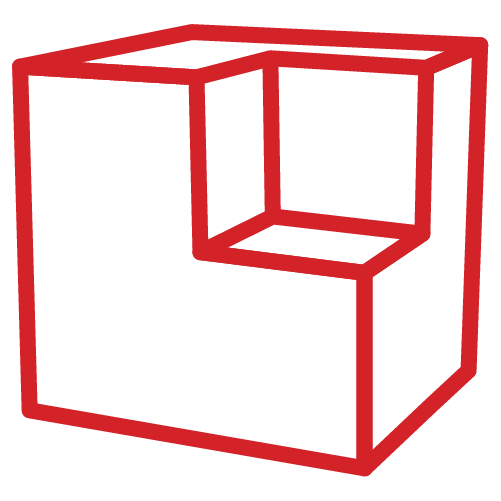
The design and any required assets are modeled from project information documents such as CAD, mood boards, photos or 3d models. Assets are modeled with detail in mind, down to the last screw! Clay models are rendered for review, shot angle exploration and selection.
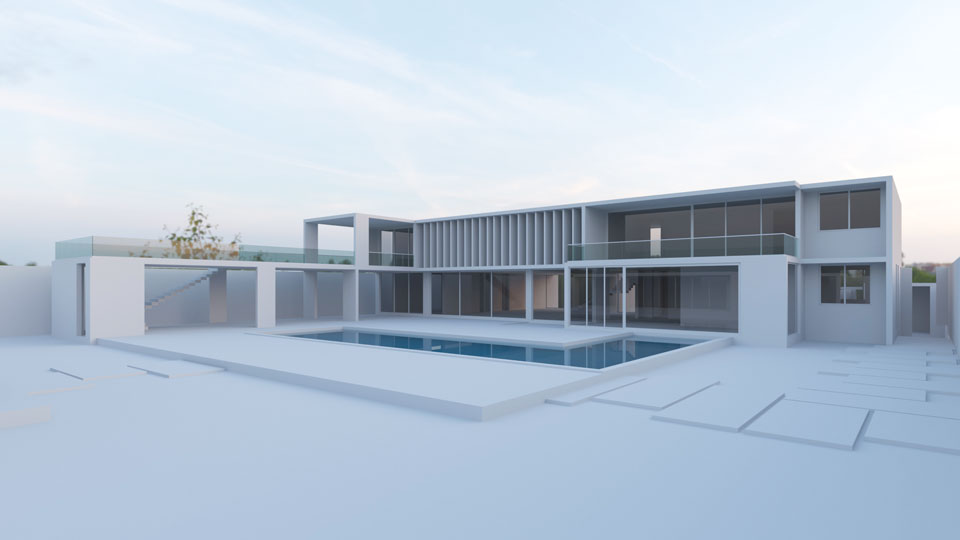
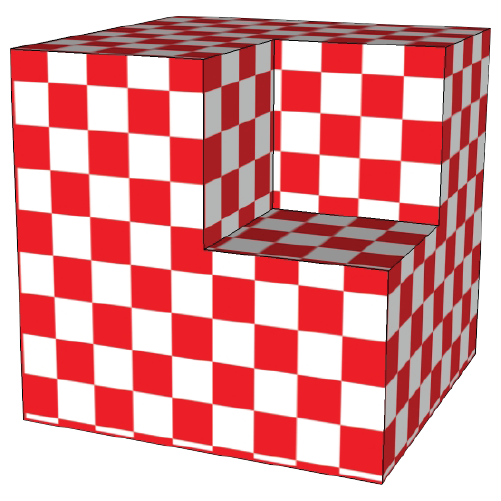
Assets are mapped with surface texture or colour information to simulate real life materials. Materials of the various assets are defined to look photorealistic as possible.
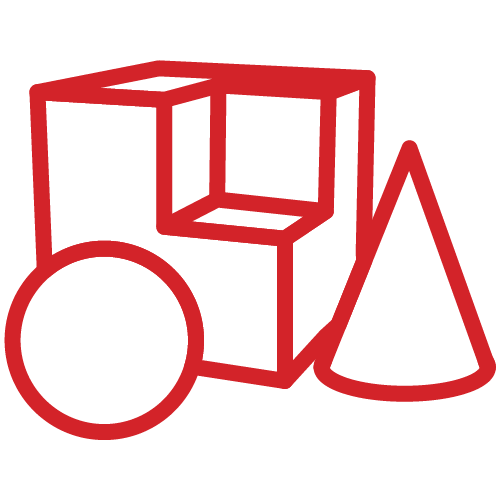
Design and other 3d assets are arranged to form a scene to be visualised. Camera angles and compositions are further explored at this stage with client.
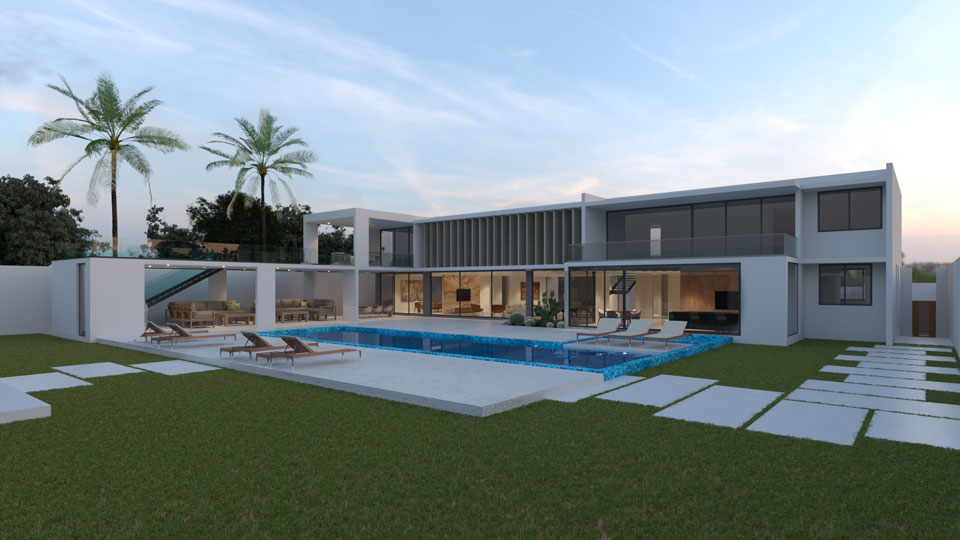
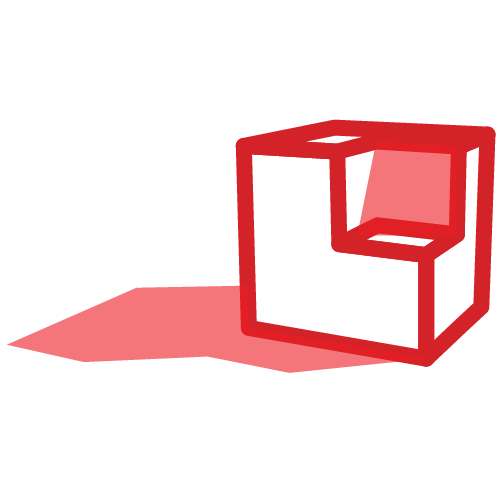
Getting the right mood for a design is key to selling an image as well as to ensure the desired experience from the audience. Lighting sets the tone for the project. The scene is lit and other lighting options are explored to get the right composition of light and shadows.
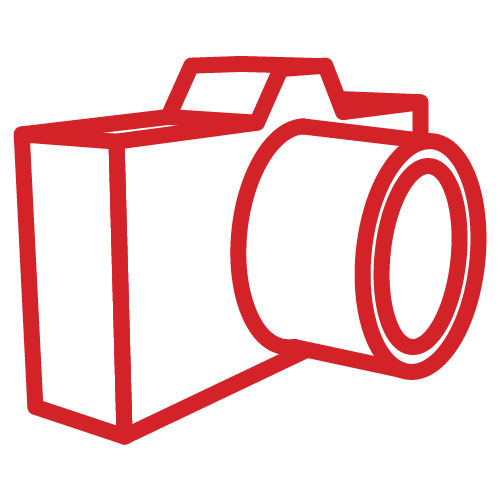
3D environment/scene is “photographed” using virtual cameras. The virtual cameras simulate the real world physics of the behaviour of light and capture it to form the 3d image. Rendering is computationally expensive requiring very powerful computers and long hours, especially final images.
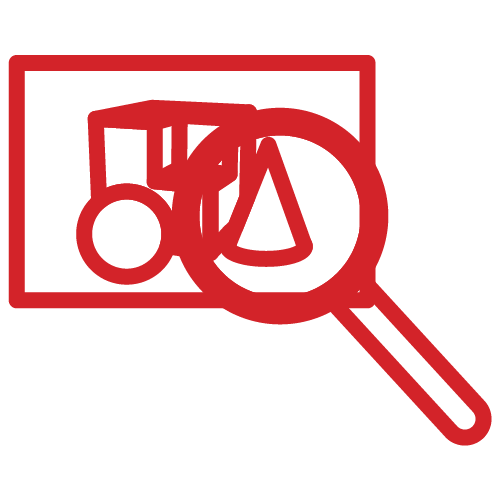
Client reviews the agreed shots and we revise our 3d scenes and assets accordingly. Only three rounds are allowed after which client pays for further changes.
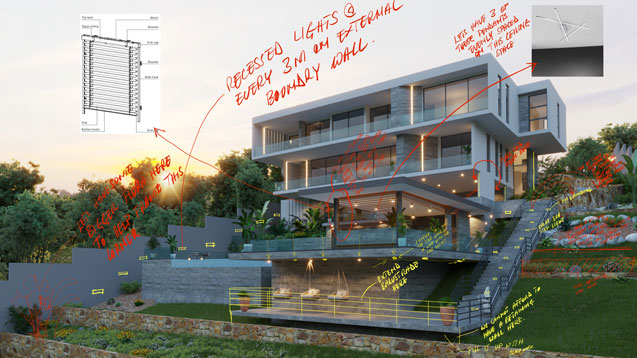

Final rendered images are enhanced using photo manipulation techniques in image editing software. Final images are ready to be delivered at the end of this stage.
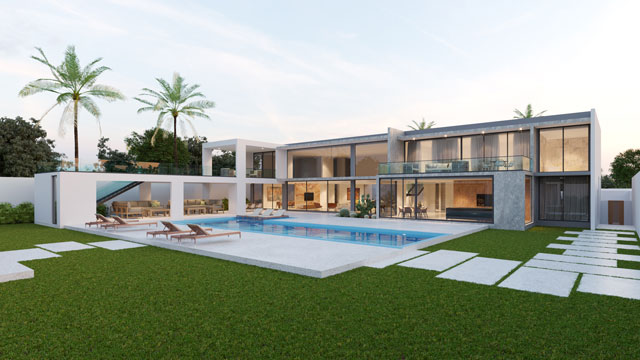
_____________________
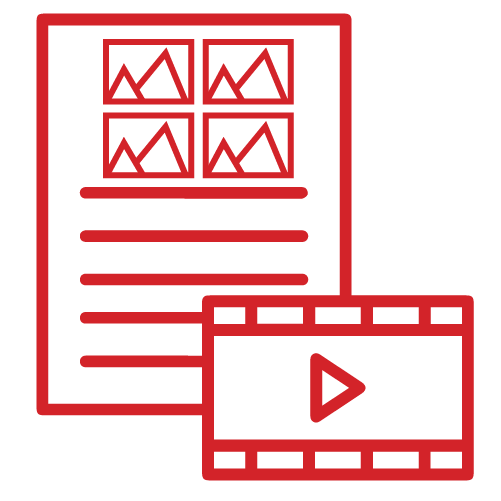
Fin? Well not quite!
For projects with animation, the process continues
with a script and storyboard.
The vision for the animated video is laid out orderly, shot by shot with
camera direction, dialogue and other details. Still images form the basis for the storyboard.
The script for voice over narration is written so it matches with actions and shots.
Provision for stock footage (if applicable) is made at this stage.
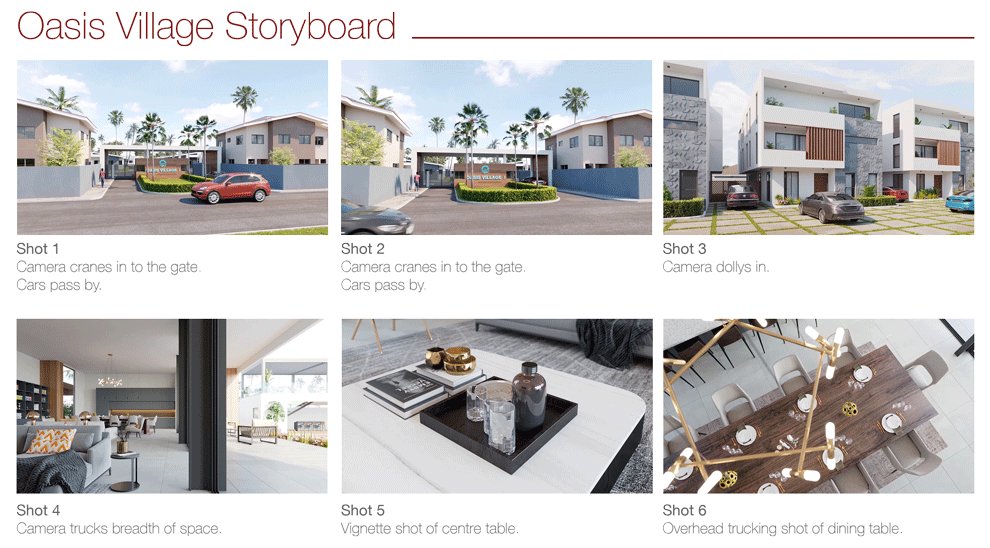
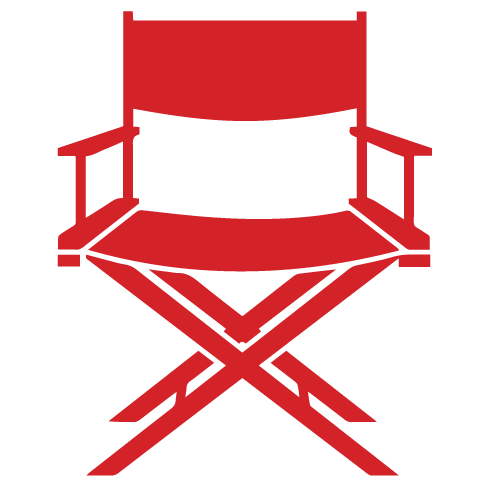
A rough video is produced with camera movement and rough animation of various elements in the scenes.
This rough video helps fine tune the flow and story beats of the video.
Background music choice may also be explored at this point.
Lots of reviews should be done to prevent costly and time wasting errors by ensuring all collaborators are in sync.

A low resolution draft video is prepared for review and final sign off.
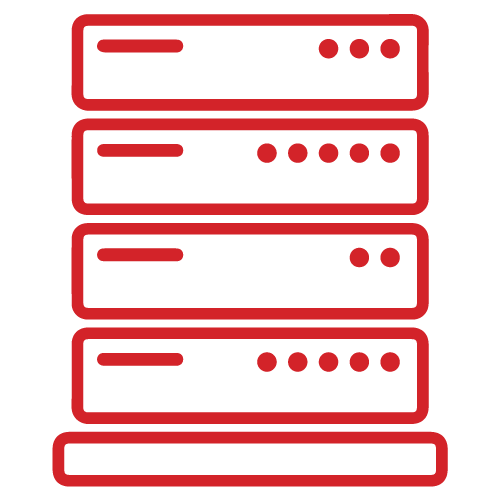
Videos are made of individual still images called frames, more often 24 or 30 of them per second. These frames are rendered out with several powerful computers in the cloud.
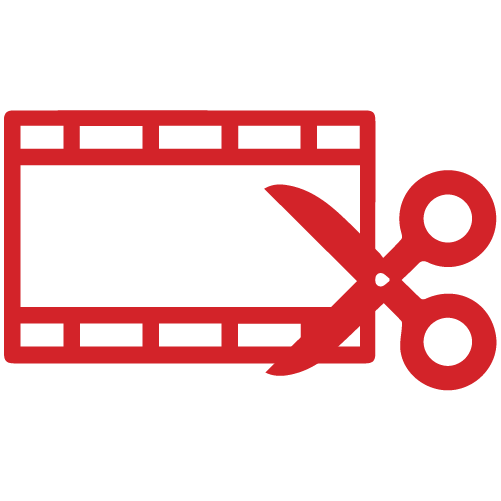
Rendered frames are assembled into a video. This is edited with music, sound effects and motion graphics. Final deliverable is ready at the end of this stage.
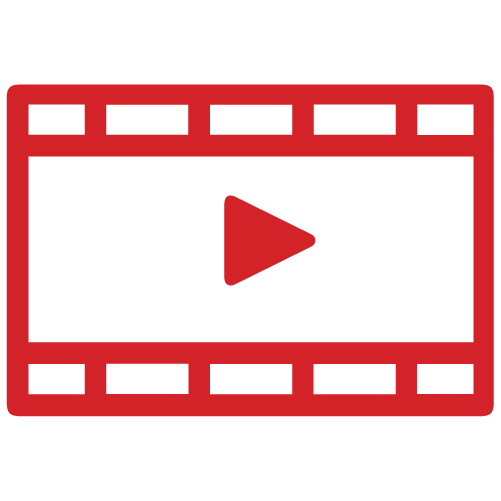
Final video is delivered at Full HD (1920x1080p) 30fps.